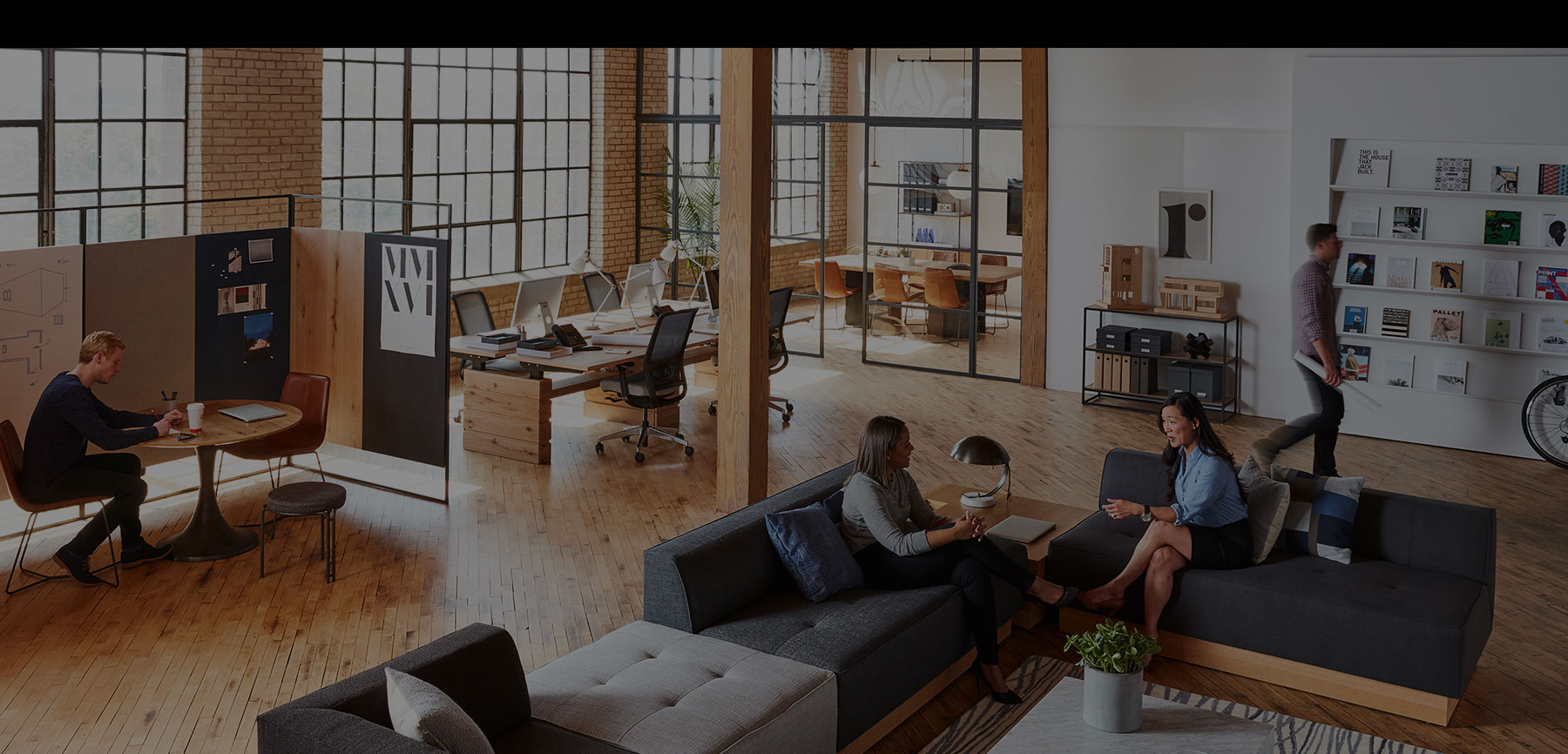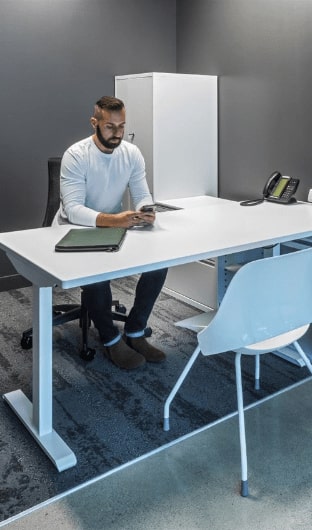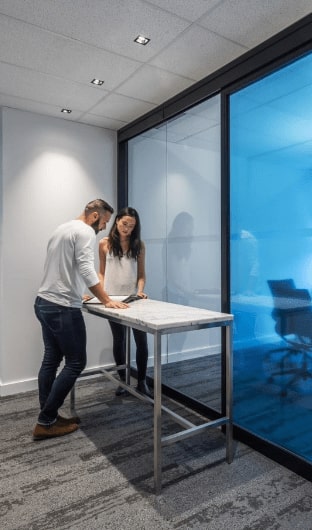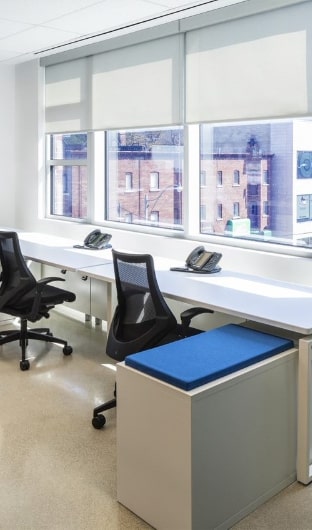
Healthcare furniture plays a vital role in creating functional and comfortable spaces within medical facilities. From waiting areas to patient rooms, the right furniture enhances the overall patient experience and supports healthcare professionals in their daily tasks. In this article, we’ll explore tips to help you transform your waiting room into a comfortable, efficient, and inviting area. Whether you’re looking to improve the aesthetics, ensure accessibility, or provide a calming environment, these suggestions will cater to the diverse needs of your visitors and elevate the standard of your service. Let’s dive in and make your waiting room a place where people feel at ease and comfortable.
In today’s rapidly evolving educational landscape, modern classrooms are no longer just static environments where teachers lecture and students passively absorb information. Instead, they have transformed into dynamic, interactive spaces that foster collaboration, creativity, and critical thinking. Central to this transformation is the incorporation of flexible furniture. Gone are the days of rigid desks and immovable chairs; now the focus is on adaptability and functionality. Flexible furniture not only accommodates diverse learning styles and activities but also supports the physical and emotional well-being of students. This article will delve into why flexible furniture is essential for modern classrooms, exploring its myriad benefits and how it can create a more engaging and effective learning environment.
When it comes to educational settings, the selection of suitable furniture plays a pivotal role in creating conducive learning environments. The careful curation of education furniture can significantly impact students’ comfort, focus, and overall academic performance. From ergonomic chairs to versatile desks, each piece contributes to shaping a space that fosters productivity and engagement. Understanding the importance of ergonomic design and durability is essential when choosing furniture for classrooms, libraries, or study areas. This article delves into the significance of education furniture in enhancing learning experiences and provides insights into selecting the most appropriate pieces for various educational settings.
In the realm of healthcare, the significance of appropriate furniture cannot be overstated. Healthcare furniture plays a crucial role in creating a conducive environment for patients and healthcare providers alike. From ergonomic design to durability and infection control features, healthcare furniture is tailored to meet the unique demands of medical settings. This article delves into the essential aspects of healthcare furniture, exploring its impact on patient care, staff well-being, and overall operational efficiency.
A conference room is a vital hub for business leaders and employees to collaborate, communicate, and set agendas. The design of your conference room plays a crucial role in setting the tone for your meetings, signalling whether the atmosphere is casual or formal. Are you eager to discover more about contemporary conference room design and find inspiration? Continue reading as we delve into innovative conference room design ideas, practical tips and tricks to guide you in planning your space.
In the fast-paced world of education, students are constantly seeking ways to improve their study habits and enhance their learning experiences. One often overlooked but crucial aspect of this endeavour is the type of furniture used in educational settings. Education furniture, designed specifically with students’ needs in mind, can play a pivotal role in helping individuals stay organized and focused while studying. From ergonomic chairs to versatile desks, the right furniture can significantly impact a student’s productivity, comfort, and overall academic performance.

If need be, we can get you up and running in weeks, with no sacrifice to quality. Our focus is on the long term – we’ll act as part of your team to remove the worry of managing your space, while providing you with the expertise you need as you grow and your needs evolve.

You have an entire team supporting your project, not just one person. This allows us to bring in the right skills and in-house resources to provide you with turnkey service for your project. We have you covered from needs analysis and budgeting, space planning and installation, to future moves, adds or changes. Everyone on our team is accessible, ensuring you can call who you need to get answers quickly.

We’ll carefully curate the right product mix to fit your company’s work style, budget and culture. Our strong relationships with local furniture manufacturers ensures you receive the best value, turnaround times and access to customized solutions.

We’ll guide you through the furniture selection process from start to finish. That includes helping you determine where you should spend and where you should save, based on your unique priorities. We won’t just show you features and benefits. We’ll share ideas, introduce you to new ways of working and design thinking, so that you can be confident your solution includes everything you need and nothing you don’t.